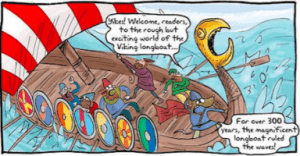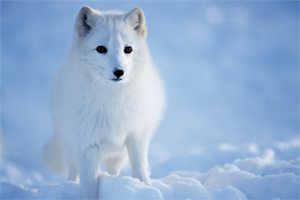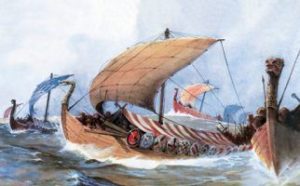
Sustainable living Geography primary resource
Explore fascinating facts about eco-friendly inventions and the importance of ‘green’ living to protect our planet
This primary resource helps children to think about the need for sustainable living and the different inventions and solutions that have been developed to help achieve this. When did was paper first recycled? How fast can the fastest electric car travel? One reusable bag can prevent the use of how many plastic bags?
Pupils can learn about the possibilities for positive environmental management. They can discover ways to reduce human impact on the planet and gain a sense of personal responsibility using our National Geographic Kids primary resource sheet.
The teaching resource can be used in study group tasks, as a printed handout for each pupil, or for display on the interactive whiteboard.
Activity: Ask children to cut out the facts from their handout and, in small groups, group together all the facts about: i) recycling, ii) green energy, iii) eco-friendly inventions iv) preventing plastic pollution, etc. Discuss as a class which facts they think are the most important in helping the planet? Why? Can they design a more ‘green’ version of a product they use regularly? Ask them to draw a diagram of the design and label the features that make it a sustainable product. Pupils could each be assigned one of the numbers between 1 – 30, and further research its corresponding fact turning it into a campaign poster or information sheet. This could also be applied to group work.
N.B. The following information for mapping the resource documents to the school curriculum is specifically tailored to the English National Curriculumand Scottish Curriculum for Excellence. We are currently working to bring specifically tailored curriculum resource links for our other territories; including South Africa, Australia and New Zealand. If you have any queries about our upcoming curriculum resource links, please email: schools@ngkids.co.uk
This Geography primary resource assists with teaching the following Key Stage 2 Geography aims from the National Curriculum:
A high quality geography education should inspire in pupils a curiosity and fascination about the world and its people
Teaching should equip pupils with knowledge about diverse places, people, resources and natural and human environments
The national curriculum for geography aims to ensure that all pupils:
-
- understand the processes that give rise to key physical and human geographical features of the world, how these are interdependent and how they bring about spatial variation and change over time.
This primary resource also assists with teaching the following Design and technology objectives from the National Curriculum:
When designing and making, pupils should be taught to:
- use research and develop design criteria to inform the design of innovative, functional, appealing products that are fit for purpose, aimed at particular individuals or groups
Design and technology looks at using “creativity and imagination” to “design and make products that solve real and relevant problems…considering their own and others’ needs, wants and values”.
Also see National Curriculum Key Stage 2 Science (Year 4) objective:
- recognise that environments can change and that this can sometimes pose dangers to living things.
This Geography primary resource assists with teaching the following Social Studies First level objective from the Scottish Curriculum for Excellence:
- By exploring climate zones around the world, I can compare and describe how climate affects living things.
Download primary resource
More Like

Max in ‘Life on a Longboat’!

10 facts about the Arctic!

Hollowpox









LEAVE A COMMENT
THANK YOU
Your comment will be checked and approved shortly.
WELL DONE,
YOUR COMMENT
HAS BEEN ADDED!
COMMENTS
CUSTOMIZE YOUR AVATAR